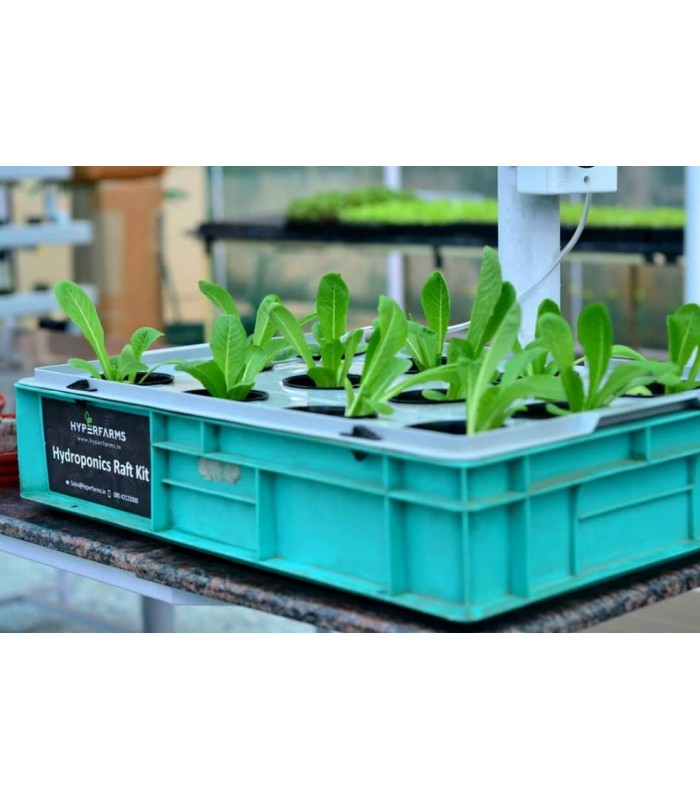Humidity is a critical factor for commercial hydroponics farms as it plays a significant role in plant growth, health, and yield. Hydroponics is a method of growing plants without soil, using nutrient-rich water instead. In hydroponic systems, the plants are grown in a controlled environment such as a greenhouse, where temperature, light, and humidity levels are monitored and adjusted to create optimal growing conditions for the plants.
What is Humidity
Humidity refers to the amount of water vapor present in the air. In hydroponic systems, humidity levels need to be carefully monitored and maintained because the plants receive their water and nutrients through the air. If the air is too dry, the plants will not be able to absorb enough moisture, and if it is too wet, the plants may become susceptible to diseases and pests.
Measuring Humidity with VPD
One way to measure humidity is through the Vapour Pressure Deficit (VPD), which is a measure of the difference between the amount of moisture in the air and the amount that the air can hold at a given temperature. VPD is a critical parameter for growers to understand because it directly affects plant transpiration and water uptake. The ideal VPD range for most plants is between 0.8 and 1.2 kPa. If the VPD is too high or too low, the plants may experience stress, which can lead to stunted growth, reduced yield, and lower quality produce.
Measuring humidity levels is critical for commercial hydroponic farms, as it helps growers to understand the conditions that the plants are growing in and make adjustments to maintain optimal humidity levels. There are several tools available for measuring humidity levels, including hygrometers, which are electronic devices that measure the amount of water vapor in the air.
How Hyperfarms Helps customer decide
Our startup Hyperfarms is helping growers to decide the right greenhouse for their hydroponic farm. Hyperfarms is a company that provides data-driven solutions to help growers optimize their greenhouse growing environments. By using sensors and analytics, Hyperfarms helps growers to measure and analyze environmental factors such as temperature, humidity, and light levels. This data is then used to optimize the growing conditions and maximize plant growth and yield.
Hyperfarms uses a combination of sensors, analytics, and machine learning to provide growers with real-time data on environmental conditions. By analyzing this data, Hyperfarms can provide insights into the optimal growing conditions for different types of crops and help growers to optimize their greenhouse growing environments. This can help growers to reduce waste, increase yields, and improve the quality of their produce.
In addition to providing data-driven solutions, Hyperfarms also offers a range of greenhouse designs to help growers optimize their growing environments. These greenhouse designs are optimized for different types of crops and growing conditions, and they are designed to provide optimal humidity, temperature, and light levels for the plants. By using these greenhouse designs, growers can create ideal growing conditions for their crops and maximize their yield and quality.
In conclusion, humidity is a critical factor for commercial hydroponics farms as it directly affects plant growth, health, and yield. Maintaining optimal humidity levels is essential for ensuring that the plants receive enough moisture without becoming susceptible to diseases and pests.





No responses yet